An essential concern when choosing what kind of power generator is best for your condition ought to verify you get the privilege electrical design. An electrical design normally incorporates the stage, voltage, kW, and hertz that are best for your application. Keeping in mind the end goal to clarify how stages and voltage function. It is useful to comprehend what a generator set incorporates. A power generator set is included two essential segments – an industrial engine and a generator end. The engine produces horsepower and RPM, and the end converts it into power.
Table of Contents
Clarifying Phases
Single-Phase Power Generators
For littler single-stage stacks, these gen-sets more often than not don’t go over 40 kW. You can ordinarily utilize them as a part of private conditions and have a power factor of 1.0.
3-Phase Generators
Essentially for bigger industrial power age, these gen-sets can give both single and 3-stage power for running industrial diesel engines. Some with higher horsepower, fan power out for isolated lines, and are as a rule more adaptable. They use it as a part of business conditions and have a power factor of 0.8.
Increment Power Output Rating
You can change over single-stage to 3-stage power and now and again pick up roughly 20-30% kW yield power rating. However, the end should be re-connectable and you likewise need to represent stack adjusts and a couple of different factors.
De-Rating (changing over from 3-stage to single-stage)
Ordinarily lessens your kW yield rating around 30%. For instance, a 100 kW 3-stage power generator would drop to around 70 kW when changed over to single-stage.
- To precisely figure the balanced power you will wind up with after de-rating, you ought to dependably attempt and de-rate from the kVA rating, rather than the kW rating. The equation is 2/3 kVA (for instance, a 150 kVA single stage would de-rate to 100 kVA) at that point change over to kilowatts from that point, if vital.
- To de-rate, the gen-set, the refer to the generator end is a must, for most of the part, you can connect at least 12 or 10 drives. The heap on the engine itself isn’t influenced in light of the fact that it is the generator end basically kicking into overdrive. On the off chance that the power generator isn’t re-connectable (or connectable for high/low voltage), you can even now apply single stage loads to it as long as you don’t go over the evaluated amps on an individual line.
- The gen-set is restricted by its electrical limit in light of the generator end and truly does not have much to do with the engine.
Also read: Why Your Commercial Generator Won’t Start?
Regular Voltages on Commercial Power Generator Sets
Single-Phase
- 120
- 240
- 120/240
3-Phase
- 208
- 120/208
- 240
- 480 (the most widely recognized voltage for industrial gen-sets)
- 277/480
- 600 (for the most part for zones in Canada)
- 4160 Volt
Voltage necessities can shift enormously for various kinds of hardware (for instance other voltage choices incorporate; 220, 440, 2,400, 3,300, 6,900, 11,500, and 13,500)
The most effective method to decide Your Required Voltage
To guarantee the voltage arrangement is precisely what you require, you ought to dependably counsel a circuit tester or electrical temporary worker. They can assess your condition and decide the different burdens your office or task will require. Likewise, they will have the capacity to mull over different factors. For example, the voltage going into the building, most extreme amperage, electric engine horsepower yield and then some. You can likewise reference our Power Calculator to run numbers. Utilize these numbers as a beginning stage. Also, utilize an Amperage Chart, which is accessible here and different producer destinations on the web.
Try to consider the accompanying key things recorded beneath to enable you to decide the right voltage for your generator setup:
- Required Voltage going into your office or the power in from the mains transformer that is provided in the building.
- Maximum amperage you require to run your particular hardware. In the event that you don’t have a clue about this data, the alternator amperes (for 3-stage alternators) can generally be cross-referenced with a diagram to decide the size electrical switch your power generator will require.
- Startup amperage for industrial engines ought to likewise be thought about. Numerous engines will keep running at a specific kW, however, have a substantially higher beginning kW prerequisite. For instance, you may require 200 kW and expanded amperage at startup. However, despite the fact that your normal running burden is just 90 kW. Electric engine horsepower prerequisites are additionally great to assess. Certain engines accompany a delicate starter that helps control the quickening by applying voltage. Some industrial engines will give this data on their information tag.
- Utility Frequency additionally assumes apart – most of the U.S. also, parts of Asia are 60 Hz while whatever is left of the world is essentially 50 Hz. Most expansive boats and planes utilize a specific 400 Hz frequency. To change the utility line power to an alternate frequency, a frequency converter can once in a while be utilized however there are extra factors to consider. Most generators can change over yet some gen-sets won’t work legitimately or may require extra parts and customization work. Counsel your generator maker for extra subtle elements on this kind of circumstance.
Modifying the Voltage of a Power Generator
Modifying the voltage of power generators is something that our master professionals finish each couple of days so as to meet all the different mixes and particular electrical prerequisites of our clients. While the voltage can be balanced on most generators, your particular alternatives will dependably be constrained in light of the generator end you are working with.
The way toward changing the voltage itself is a generally specialized electrical method that essentially includes modifying the leads on the generator end. On most 3-stage gen-sets, we commonly take the 10 or 12 leads in the power generator end and reconfigure how those are orchestrated and associated, alter their course to the control panel and a couple of different spots – relying upon what we are attempting to achieve.
We protect the wires well, modify the detecting wires if required, and afterward roll out extra improvements from that point if fundamental. This is the place terms like dogleg and twofold delta (or crisscross), Y-design and different wiring plans regularly get a reference. For more subtle elements on these terms, see our article on Phase Conversions. On 3-stage gen-sets we can change a 208V to 480V for instance, or 480V to 240V, or any number of different blends and stages utilizing every one of the voltages that are right now accessible (as long as the generator end is re-connectable).
Generator Technical Information
The power generator end will decide how a generator will respond when you change the stage as well as voltage. At the point when finished appropriately, changing the voltage ought not to damage or strain the unit in any way. Numerous clients require the accessibility of at least two framework voltages from their standby generator set. This can incorporate electric engines running at 480 Volt, machines and generation hardware utilizing 208 Volt, and littler loads and power instruments at 240 Volt.
You can accomplish this with a 3-stage generator either by utilizing a changeover switch or getting a double voltage generator that is as of now made for that reason. In any case, remember that you are not ready to at the same time yield various voltages from a solitary generator. You would need to physically change the yield to each unique voltage or utilize a transformer to achieve this.
There are a couple of restrictions to know about while considering a voltage change. Specific or high voltage gen-sets (4160 or 13,500 Volt for instance) are not extremely reasonable for modifying. You can change 600V to 480V yet not a different way. Additionally, on numerous 3-stage power generators, certain components can in some cases be difficult to access and work around. For instance, they may have an adaptable channel that wraps, panel entryways that are in odd spots, or nooks that won’t permit our professionals simple access. While there is quite often an approach to get to the barrel and wiring on 3-stage generator closes, it can here and there be troublesome. One thing to likewise remember is that some generator closes are not re-connectable. Hence, there is a restriction on wiring choices and plans accessible on those sorts of generators.
Another normal thing we do when changing voltage is refresh parts and survey other potential hardware contemplations in your framework, including the accompanying:
- Replace Gauges At whatever point we modify the voltage on a more established power generator. We regularly need to supplant various measures with the goal that we can read the new yield levels. One decent standpoint the more current control panel offers is they can, as a rule, you can reconstruct.
- Breakers We routinely change out the circuit breaker(s) on units to suit the amperage necessities of our clients. The breaker is normally appending to the generator end. It is a basic part that will help secure the power generator by guaranteeing the amperage for that unit. In the event that a client needs everything all on one breaker or split out for a particular reason. We may change the arrangement to something unique (one 1200 Amp breaker or two 600 Amp ones, for instance).
- Voltage Regulator On most gen-sets when you reconnect the prompts an alternate voltage you should likewise deliberately change the detecting wires that raced to the controller as well as a control panel. On the off chance that this isn’t done appropriately you can wind up wearing out the board or causing other harm. Most present-day business power generators have the voltage controller incorporated into the control panel now so you can alter voltage settings from that point and it does all the directing. This is principally a decent headway yet makes board substitution considerably more expensive due to the additional usefulness. More seasoned gen-sets regularly have a different bit of hardware connected that does likewise sorts of things. These controllers work to consequently keep up a predictable voltage to ensure your hardware creates a reliable yield.
- Transformer If there is one present in your framework, reconfigure a portion of the wiring to oblige the new voltage.
- Automatic Transfer Switch (ATS) Deciding the amperage for this sort of switch is additionally critical on the grounds that an ATS is a key piece of guaranteeing you can consequently have the gen-set assume control amid a utility blackout and furthermore close down once the power returns on.
To abridge, there are numerous alternatives accessible with regards to stage and voltage blends, setups, and changes. You can include this procedure so hire proficient assistance from a business circuit repairman or expert power generator specialist. If you have any inquiries on the issues shrouded in this article just contact us. You might want assistance in measuring a gen-set. Or you might want help with figuring out what might be best for your particular condition. Simply call 844-350-5556 or Contact Us on the web.
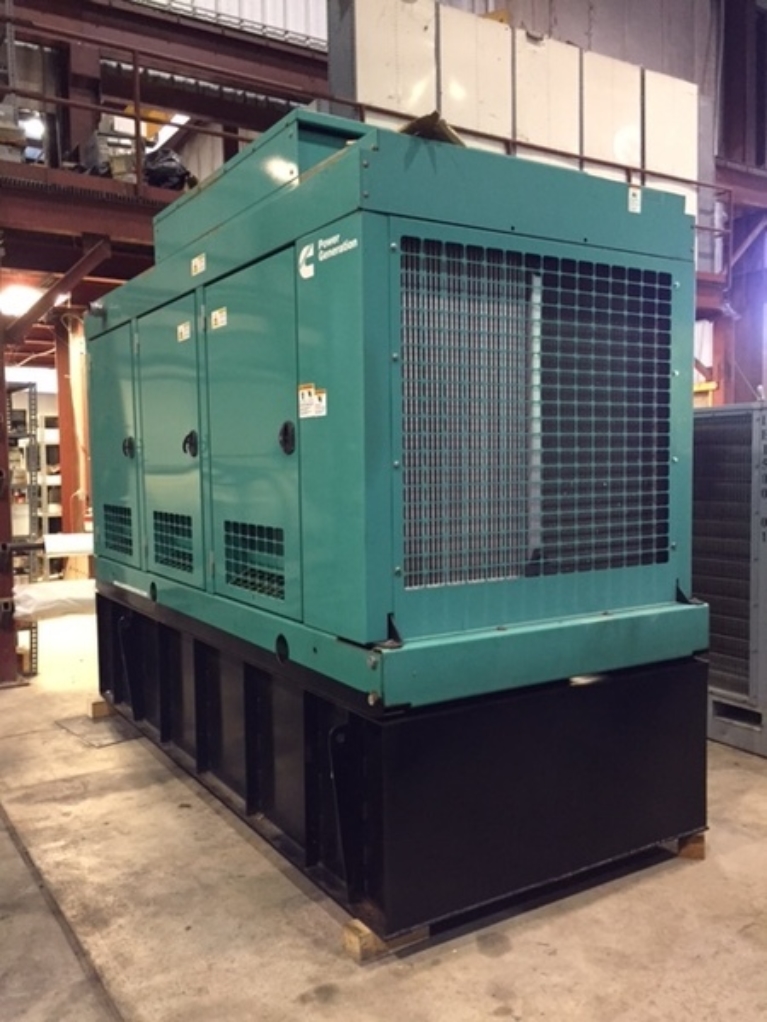

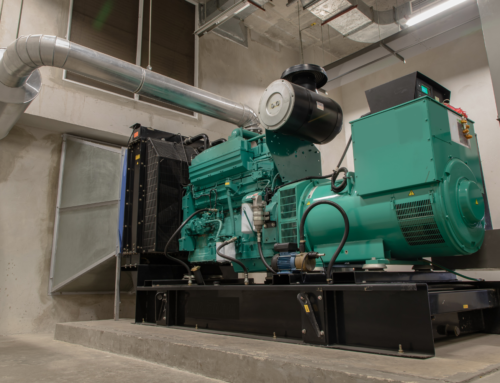
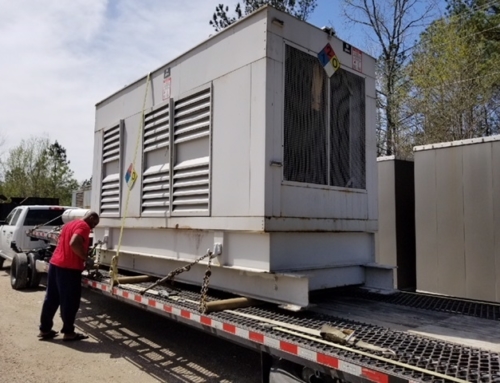
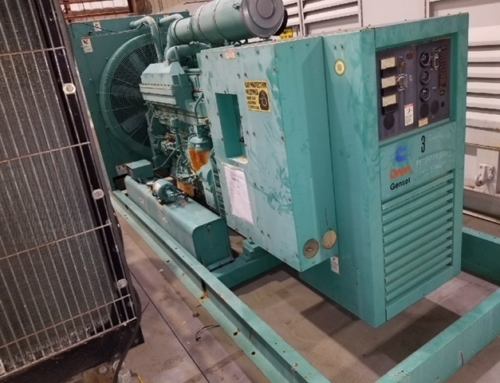
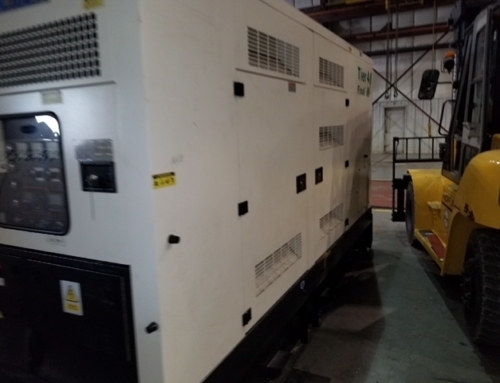
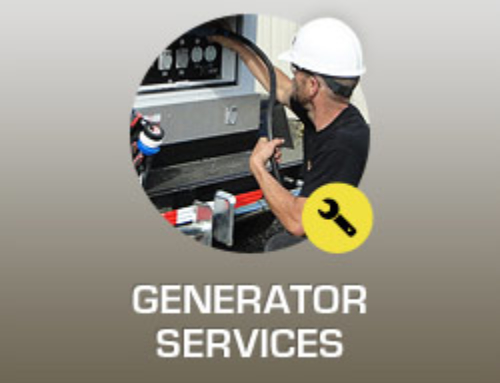



![Commercial Generators Buying Guide 2024 [By Generator Specialist] 6 Commercial Generator](https://www.midamericaengine.com/wp-content/uploads/2016/07/Another-Commercial-Power-Project-Completed-66x66.jpg)
![Natural Gas Generators Buying Guide 2024 [By Generator Specialist] 7 natural gas generators](https://www.midamericaengine.com/wp-content/uploads/2018/09/IMG_8223.JPG-66x66.jpeg)

Leave A Comment